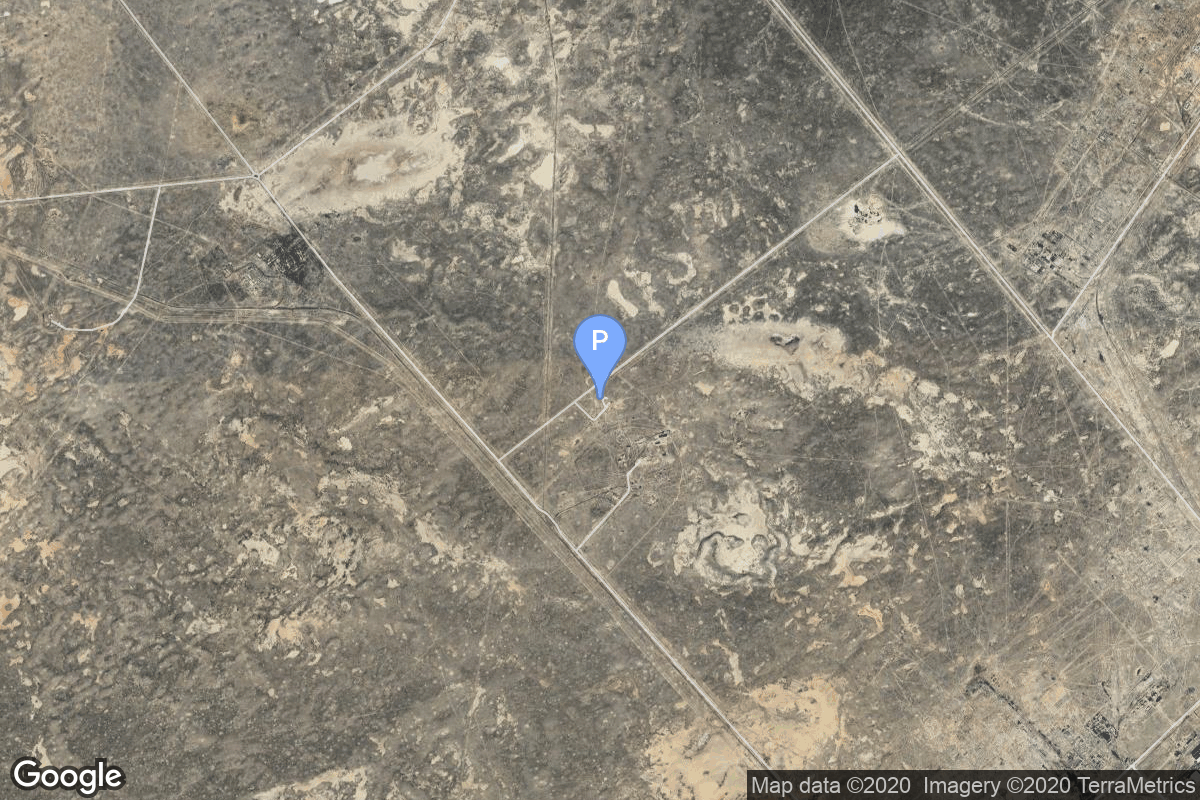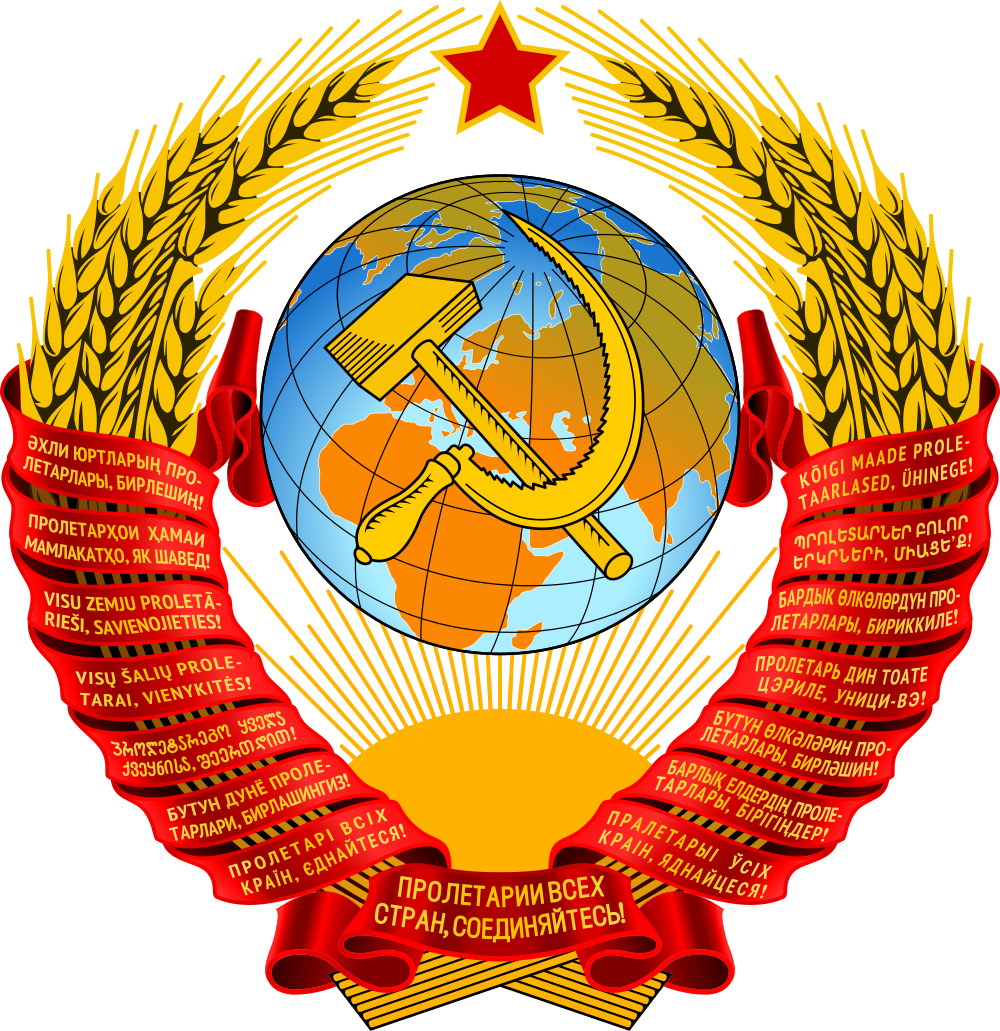R-36O 8K69
R-36O 8K69
Soviet Space Program
Mission
R-36O 8K69 | OGCh 22
- Type: Government/Top Secret
- Orbit: Low Earth Orbit
Missile equipped with the 8F021 warhead
Location
Rocket
Yuzhnoye Design Bureau R-36O 8K69
The R-36O was the only orbiting military nuclear weapon ever deployed, although in order to remain legal under international treaties it was a ‘fractional orbital’ weapon. Although American infrared early warning satellites invalidated the ‘surprise attack’ component of the concept, 18 missiles were operational from 1969 to 1983.
Agency
Soviet Space Program
The Soviet space program, was the national space program of the Union of Soviet Socialist Republics (USSR) actived from 1930s until disintegration of the Soviet Union in 1991.
The Soviet Union’s space program was mainly based on the cosmonautic exploration of space and the development of the expandable launch vehicles, which had been split between many design bureaus competing against each other. Over its 60-years of history, the Russian program was responsible for a number of pioneering feats and accomplishments in the human space flight, including the first intercontinental ballistic missile (R-7), first satellite (Sputnik 1), first animal in Earth orbit (the dog Laika on Sputnik 2), first human in space and Earth orbit (cosmonaut Yuri Gagarin on Vostok 1), first woman in space and Earth orbit (cosmonaut Valentina Tereshkova on Vostok 6), first spacewalk (cosmonaut Alexei Leonov on Voskhod 2), first Moon impact (Luna 2), first image of the far side of the Moon (Luna 3) and unmanned lunar soft landing (Luna 9), first space rover (Lunokhod 1), first sample of lunar soil automatically extracted and brought to Earth (Luna 16), and first space station (Salyut 1). Further notable records included the first interplanetary probes: Venera 1 and Mars 1 to fly by Venus and Mars, respectively, Venera 3 and Mars 2 to impact the respective planet surface, and Venera 7 and Mars 3 to make soft landings on these planets.

